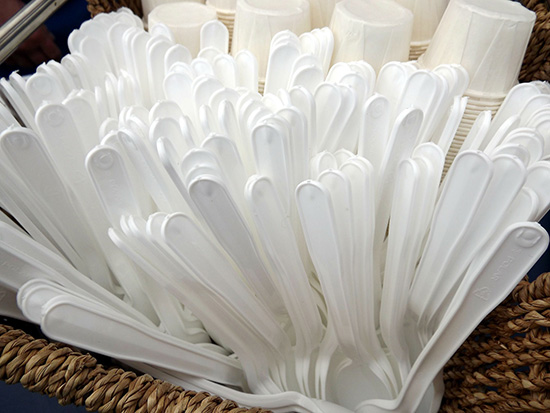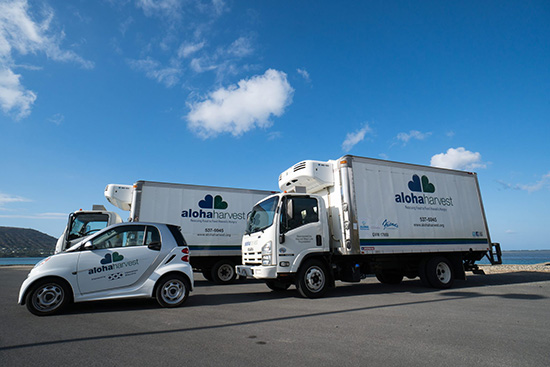
– Photos courtesy of Liza Simon


by Adriana Munoz, Eddy Boulton, Will Dozier, Mason Hoopii-Becera and Yeshua Ben-YHVH Maxwell, Special to Ka ‘Ohana
Editor’s note: This interview has been edited for length and clarity.
The WCC library staff is among legions of educators confronting the pandemic with innovative and unprecedented action.
As COVID-19 continues to evolve, WCC librarians also continue to adapt, ensuring not only the safety of students and faculty but access to regular services. When classes abruptly transitioned to online delivery in the space of one week, library staff pivoted just as quickly to be accessible by phone, text, email, online chat and Google Meet, so that they could continue to fulfill a daily mission of delivering library materials and research support. Information about changes made to keep up operations in the midst of the outbreak can be found on the library website.
Meanwhile, in this interview, conducted remotely by students in the JOUR 150: Media and Society course, a behind-the-scenes look at the library’s response is provided by head librarian Sarah Gilman Sur, reference and collection management librarian Sarah Gray and instruction librarian Tara Severns.
Q: Did you have any kind of emergency preparedness in place that was activated when the shutdown orders came?
Sarah Gray: So we actually do have a pretty comprehensive disaster preparedness plan. However, it is more focused on things like what do we do if there’s an impending hurricane. With this crisis, we’ve been following guidelines put out by the CDC and our professional library organizations and then adapting what we’re doing. Last week, for example, rather than running the risk of people putting books into our book drop and then a staff member having to handle the books, we just opted to extend all the due dates. We’re trying to switch up things a little bit on our end so that we’re minimizing risks to our patrons.
Tara Severns: I want to mention that as part of this emergency plan, the library has something called the “continuity of operations plan,” where we try to envision how do we continue meeting the needs of our patrons in various situations. While we were developing that, it became clear that we can’t anticipate the exact scenario that we’re going to be dealing with, although we did come up with a lot of ideas, such as what if we can’t get to our books, what do we do? We didn’t sit down and specifically say, “Okay, what if there’s a pandemic?” But we did have to think about, what if the campus is closed for some reason? This is the kind of document that we’ve reviewed once or twice a year, just to keep it fresh in our heads. I think that really helped us. So with that mission guiding us along with the reliance on working together, I think all of us have really gone the extra mile to try and make it all work.
Q: How is the university going about ensuring your own safety while you work?
Sarah Sur: I think our college has been very supportive of our own personal safety and the safety of our families. I think it took a while for UH as a system to come to this point. You know, because first it kind of started out with only a few people could work from home, but now UH has kind of slowly turned around following hopefully the trends of the mainland campuses. And so we’re just in a really good place here at Windward Community College where our own administration is very supportive of us in protecting not just ourselves but students as well.
Q: As you said Sarah, it took a little while to figure out what to do. What were some of the controversies that came up?
Sarah Gray: I don’t know so much controversy, but there was just us figuring out how we can still serve the students while maintaining distance from them and maintaining distance from each other. So part of it was just us figuring out what our new model of service was going to look like, the ways we were still going to do things like answer questions about research or provide books and materials that our patrons need, because the way we’re doing it now is quite different from how we were doing it two to four weeks ago.
Tara Severns: Yeah, I want to say that it progressed over time. We started by first of all trying to design physical layouts that would ensure social distancing, right? So we put lines on the ground and barriers to some areas. We shut off one of the floors of the library, the upper floor of the library so that our cleaning staff could really focus on the areas that were most used, right? Then it progressed to, well, let’s meet students or patrons out in the breezeway, which is just outside of our main entrance. So we had to figure out how that works. Then, it’s like, well okay, we’ve been handing over laptops and books as people needed them, but how can we make them even safer for everyone? So then we moved the lockers outside, so we can put things there for people to pick up and not have to come into contact with anybody else on campus. But it’s taken awhile to get us where we are now. We also started with most of us in the library building, and now there’s only one of us in the building. So, we had to figure out, okay, now who’s going to forward the phones and handle logistics? And you know, we’re still figuring it out.
Q: As far as laptop access, have you noticed an increase in students needing to borrow them now that they can’t use your facilities?
Sarah Sur: So we have 151 laptops in our inventory and that number includes laptops that they pulled from Manaleo Chromebooks from other buildings. Of those, 58 are still available for checkout. Most of them go to students. Administration is considering laptops for staff as well who do not have other means to do their work from home. So I think in the past week, we haven’t seen any students request laptops. It seems to have been dwindling. But, you know assignments are not yet due for this semester, so maybe some will be coming in later in April.
Q: There’s been talk across the country as to whether the brick and mortar paradigm can endure if libraries can continue as they are now in the COVID-19 shutdown, offering a wealth of digital content and online resources. What’s your take on that?
Sarah Sur: The students we see coming into the library, they want to be in there physically. Whether it’s just to study or whether it’s to meet up with friends or whether it’s to check out an actual book or get help from one of us. That’s the community college clientele we are dealing with, and that’s our community. I would hate to see this brick and mortar thing going away. Even our staff. We miss coming to work. Windward has always been a hands-on campus.
Tara Severns: I’d like to share some data with you. We did a library user survey in Spring of 2018 and we asked, “What is your level of preference for using print or digital books for doing research assignments?” 42 percent of the respondents said they strongly prefer the printed material, and 17 percent said they somewhat prefer the printed material … that tells me that people really do want the printed material in general. That’s the people we serve. And I always want to say that libraries are not just warehouses for information. We’re really about services. We’re about connecting you with the information you need and making the information you need findable. It’s the services as well. Libraries are where do you go for the research, where do you go to help with dissertations, where do you go to find the decent information for your research topic.




